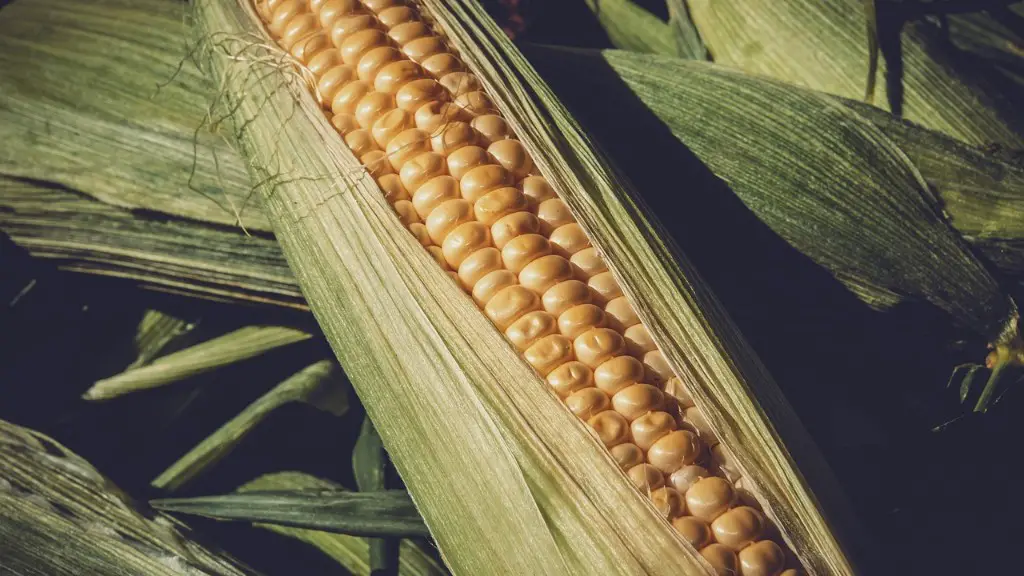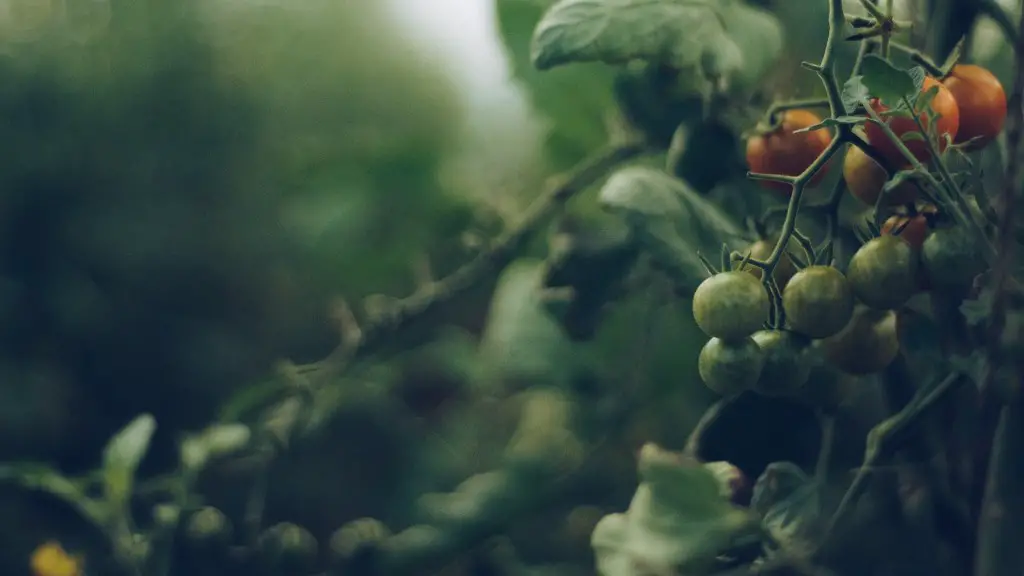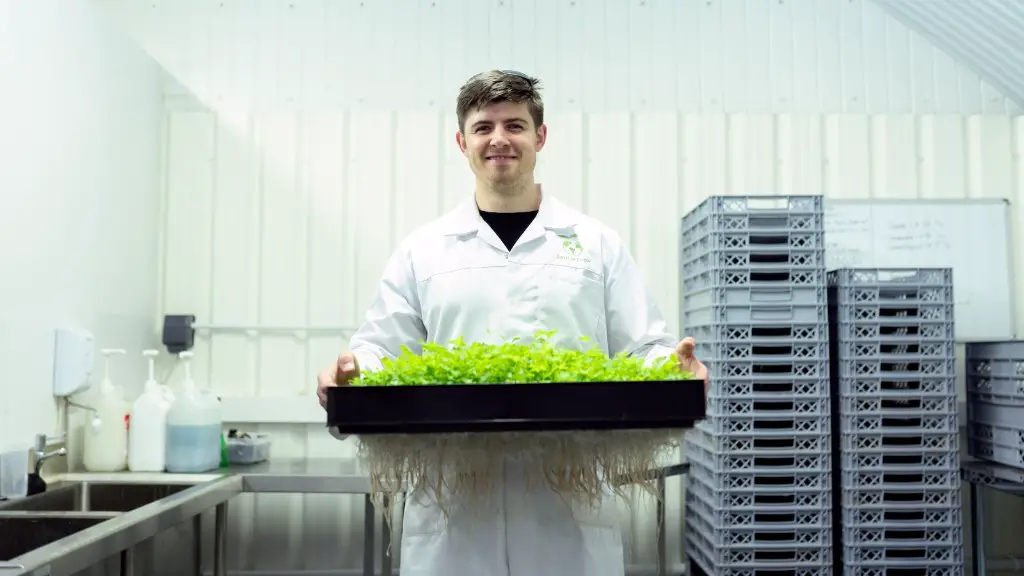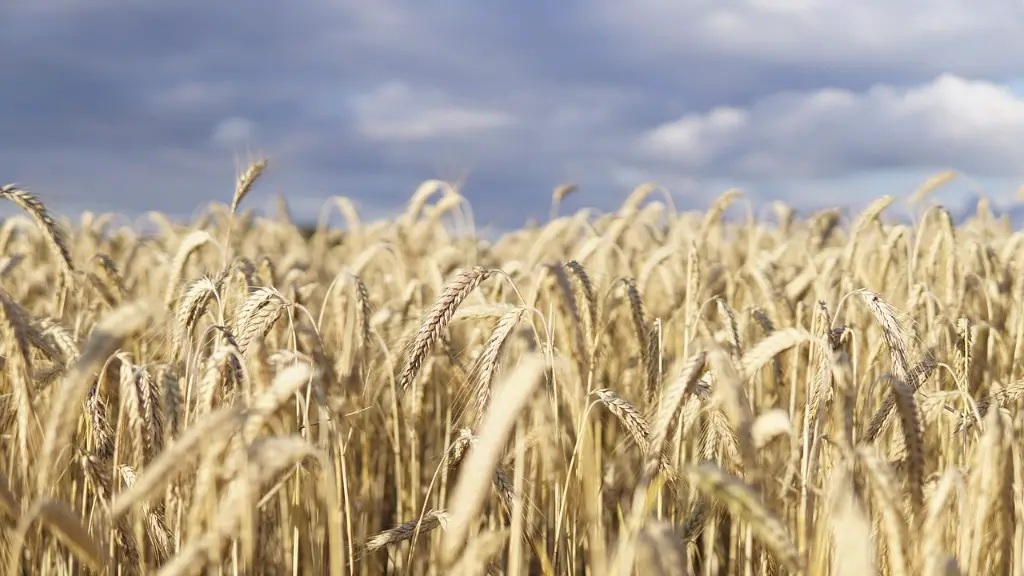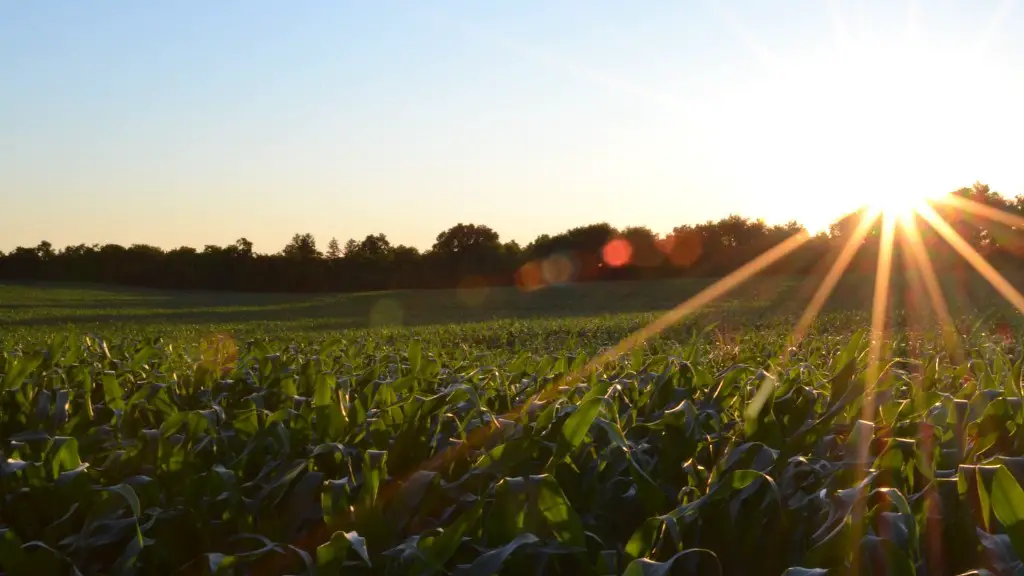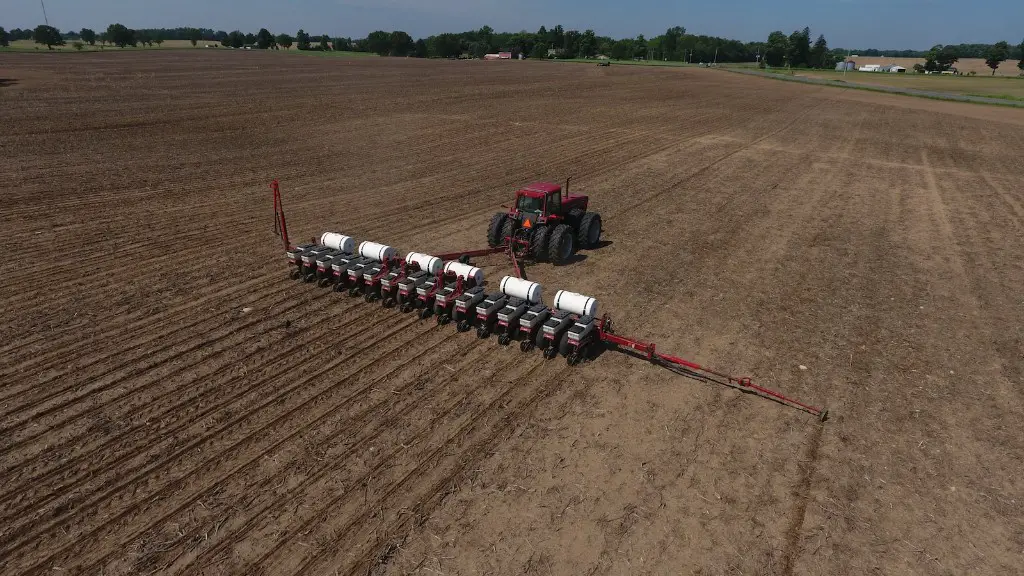In agriculture, breeding or selective breeding is the process of selectively mating plants and animals that have certain desirable traits in order to produce offspring with desirable traits. Breeding is used extensively for plant and animal production primarily for food sources. While breeding animals for food is a modern concept, many ancient farmers practiced “selective breeding” to improve the size and taste of their food sources. Breeding can be used to produce large quantities of the same food item, improve the quality and quantity of the food, reduce disease susceptibility to the crop or animal, increase productivity of certain traits including growth, fertility, usage of feed, and hardiness to environmental conditions.
Today, most breeders use scientific methods in their breeding programs. Cross-breeding, or hybridizing, is traditionally the process of cross-pollination of two genetically different species. For example, two different cows may be crossed to produce a hybrid that yields more milk or is more resistant to disease than either one of its parent breeds. Selective breeding, or inbreeding, takes individual individuals with the desired traits, and breeds them together, producing offspring with those same traits. Selective breeding can improve the features of a food source such as meat, fiber, and milk production.
Genetic engineering is another practice used by breeders. This form of breeding adds or removes passenger genes from an organism. For example, a gene from a disease resistant wild variety of wheat can be inserted into a domestic variety of wheat, providing the same disease resistance. Genetic engineering has become a popular way to produce specific desired species for food production.
Genetic modification, or genetic manipulation, is a process by which an organism’s genetic material is changed, often by adding DNA from other organisms. This process is used to create plants and animals with enhanced characteristics, such as faster growth, more efficient use of feeds, or improved disease resistance. Generally, this process is used when other methods of breeding fail.
No matter the methods used by breeders, all rely on the same basic principles. Parents are chosen and crossed that have desirable characteristics. Progeny are monitored and tested for the desired traits. Select animals or plants with the desired traits are kept and used in further crosses. This process is repeated, and the population is ultimately stabilized with the desired traits.
Selective Breeding
Selective breeding is a traditional form of plant and animal breeding that focuses on mating individuals with certain desirable characteristics. This form of breeding has a long history, with some of the earliest evidence of it coming from ancient civilizations like Egypt and Mesopotamia. Today, selective breeding remains a popular breeders’ tool. It is used to produce plants and animals with desired traits such as more efficient use of feeds, improved disease resistance, and more desirable meat production.
Selective breeding typically involves cross-breeding two different individuals that have desirable traits. Then, the offspring of these individuals are tested for the desired traits. As the population of individuals bred with the desired traits increases, the process of selective breeding becomes more efficient and ultimately leads to the production of offspring that possess the desired characteristics. For example, a breeder may wish to produce a cow with increased milk production and will cross two high producing cows to produce offspring with the desired traits.
Selective breeding can be used to produce large quantities of one food item or to improve the quality and quantity of food production. One of the main advantages of selective breeding is that it can be used to develop targeted food characteristics with greater accuracy and consistency than other forms of breeding. Another benefit is that this form of breeding reduces the dependency on external factors such as weather to achieve desired characteristics in food production.
Selective breeding can however be time consuming and more expensive. In addition, the traits that are being selected for are not always clearly known beforehand and selective breeding also does not guarantee the desired traits will be passed on to the offspring.
Cross-breeding
Cross-breeding is a form of breeding that involves the breeding of two genetically different species to produce an offspring with desirable traits from both parents. This form of breeding is often referred to as hybridization and is more common in animal breeding than plant breeding. For example, two different cows may be crossed to produce a hybrid that yields more milk or is more disease resistant than either one of its parent breeds.
Cross-breeding is used extensively in animal production, due to its ability to allow breeders to increase the quantity and quality of food production, as well as improve resistance to certain diseases. For example, in poultry, cross-breeding can be used to increase the size of an individual chicken, which improves meat production. Cross-breeding can also be used to increase productivity, such as fertility and egg production, as well as efficiency of feed.
Cross-breeding also has some drawbacks. One is that it can create unexpected characteristics that can be detrimental to the offspring, such as decreased fertility or health problems. In addition, cross-breeding requires the production of large numbers of parent animals to obtain the desired traits in the offspring. This can be costly and time consuming and may not always lead to the desired results.
Finally, in some cases cross-breeding leads to the loss of desirable traits from the parent breeds. This is known as outbreeding depression and occurs when two different breeds of animals are crossed, resulting in a decrease in the desired traits from the parent species.
Genetic Engineering
Genetic engineering is the process of adding or removing passenger genes from an organism. By adding desired genes, breeders can create plants and animals with enhanced characteristics such as faster growth, more efficient use of feeds, or improved disease resistance. This form of breeding is typically only used when other breeding methods fail.
The genetic engineering process involves isolating the desired genes and inserting them into the recipient organism’s genome. As a result of the manipulation, the organism that receives the gene will express the desired traits associated with the inserted gene.
One of the main advantages of genetic engineering is its ability to transfer desirable genetic traits from one species to another. Additionally, with the emergence of gene-editing technology, breeders can now modify targeted locations in the genome rather than relying on the entire gene. This increases accuracy and specificity of the desired trait.
There are however some drawbacks to genetic engineering. For example, it can be difficult to control the expression of the inserted gene, making it difficult to predict the effect of the new gene on the organism. In addition, it is difficult to transfer large segments of the genome, making it difficult to transfer certain traits across species.
Genetic Modification
Genetic modification, or genetic manipulation, is a process by which an organism’s genetic material is altered. This form of breeding is used to create plants and animals with desired characteristics, such as more efficient growth, more desirable meat production, improved feed utilization, and increased disease resistance. Generally, genetic modification is used when other methods of breeding fail.
The genetic modification process involves manipulating the organism’s genome to express desired traits. Generally, the manipulation occurs at the genetic level, using gene-editing technology. This technology can be used to add, delete, or modify targeted locations in the genome, allowing for greater accuracy and specificity when manipulating desired traits.
One of the main advantages of genetic modification is that it is generally faster than other breeding methods. Additionally, it offers greater accuracy and specificity when targeting desired traits. For example, a gene from a disease resistant wild variety of wheat can be inserted into a domestic variety of wheat, providing the same disease resistance.
Genetic modification does however have some drawbacks. One of the major drawbacks is that it is difficult to predict the consequences of the manipulation. Additionally, there can be both intended and unintended consequences from the manipulation. Finally, some people have argued that introducing modified genes into food sources may have a negative effect on the environment and human health.
Conclusion
Breeding techniques such as cross-breeding and selective breeding have been practiced for centuries, but have been greatly improved a thanks to advances in technology. With the introduction of genetic engineering, breeders can now manipulate traits more precisely, yielding desired traits with greater accuracy and specificity. Breeding is a powerful tool used by breeders to produce large quantities and improve the quality of food sources.
